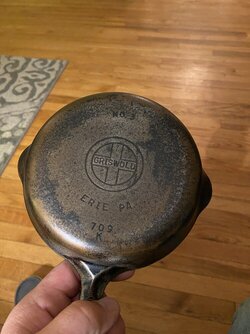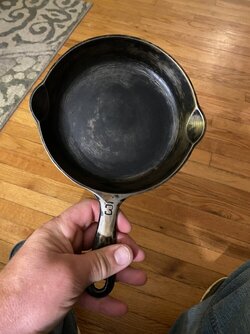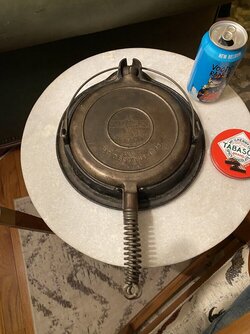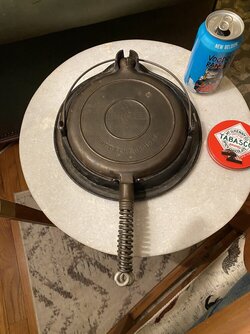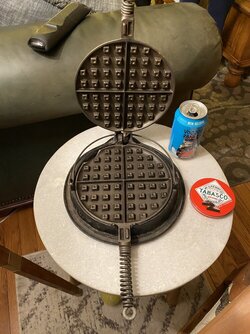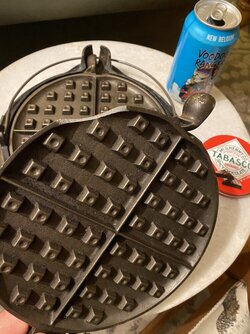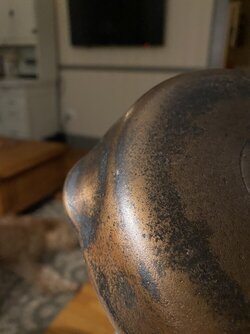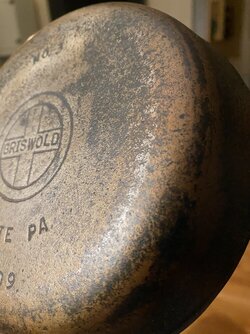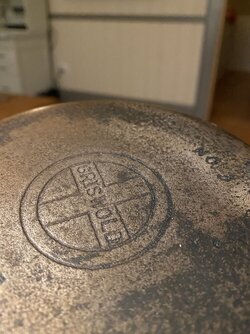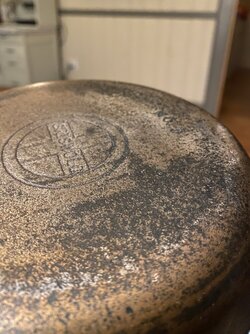I got a couple pieces of cast iron to clean up and start using.
First off is a Griswold pan. We had one of these when I was a kid. An egg is all I know to cook in them. But for $25 at a junk shop, let’s have some eggs.
I know about E-tanks, but it’s a cooker. I hit it with some sandpaper after a soak in vinegar water. It’s ready to see some action.
Let’s see what y’all have done or are doing.
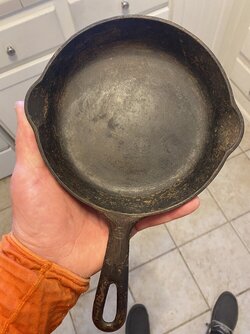
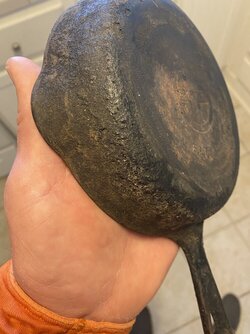
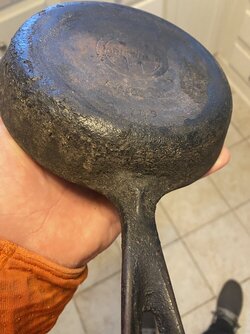
First off is a Griswold pan. We had one of these when I was a kid. An egg is all I know to cook in them. But for $25 at a junk shop, let’s have some eggs.
I know about E-tanks, but it’s a cooker. I hit it with some sandpaper after a soak in vinegar water. It’s ready to see some action.
Let’s see what y’all have done or are doing.





